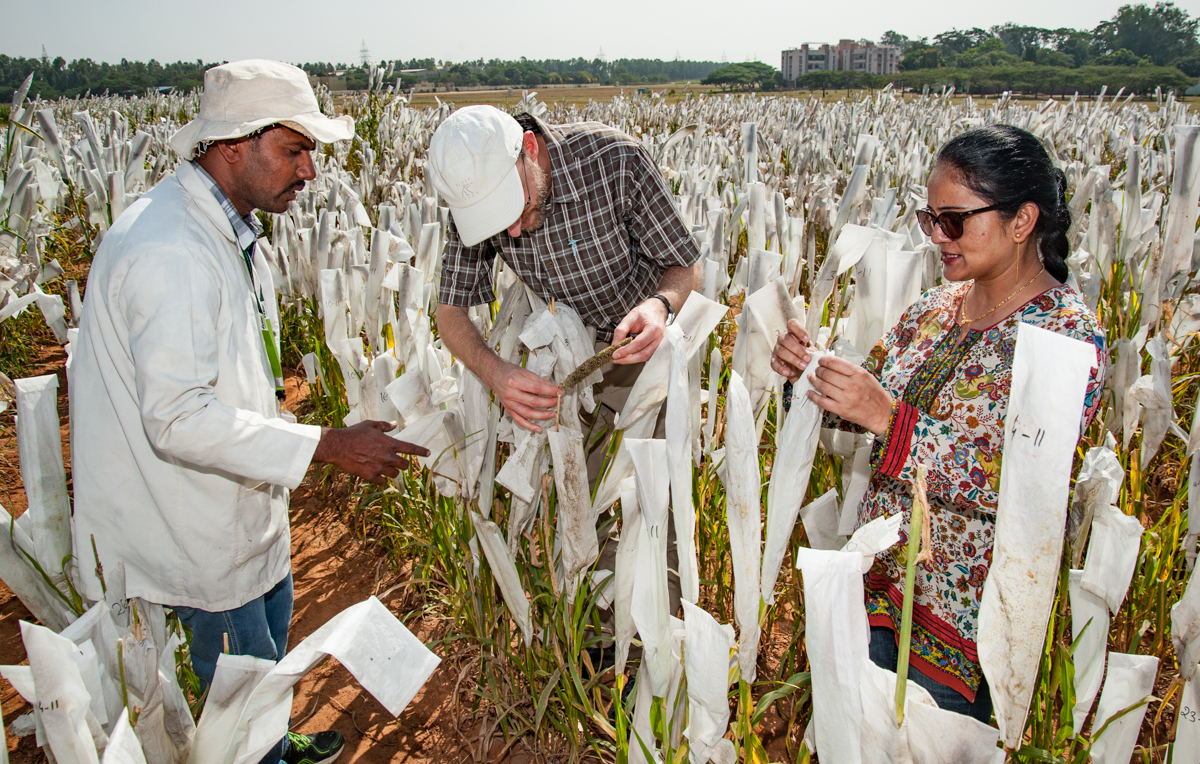Leading with vision: Meet the Breeding Resources Initiative leads
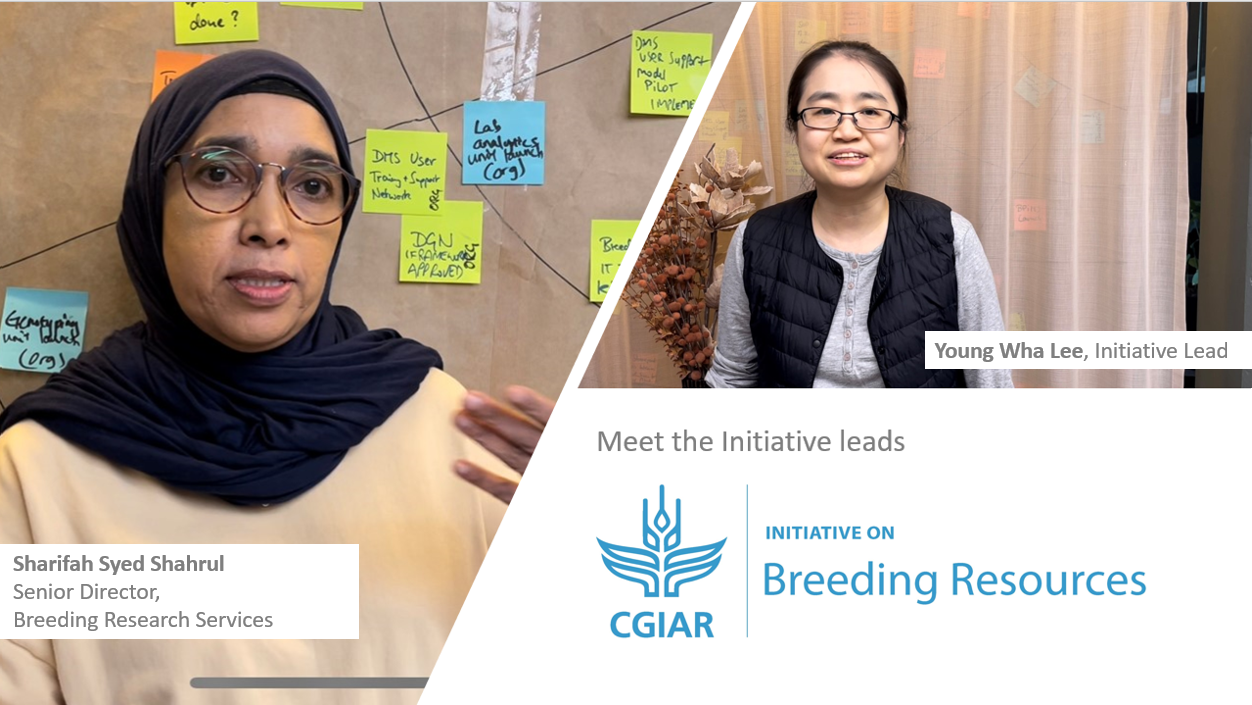
How can we ensure crop breeding programs best varieties, faster, and more efficiently? CGIAR’s Breeding Resources Initiative (BRI) is working to bring tools, technologies and services to programs in the CGIAR-NARES (national agricultural research and extension systems) networks.

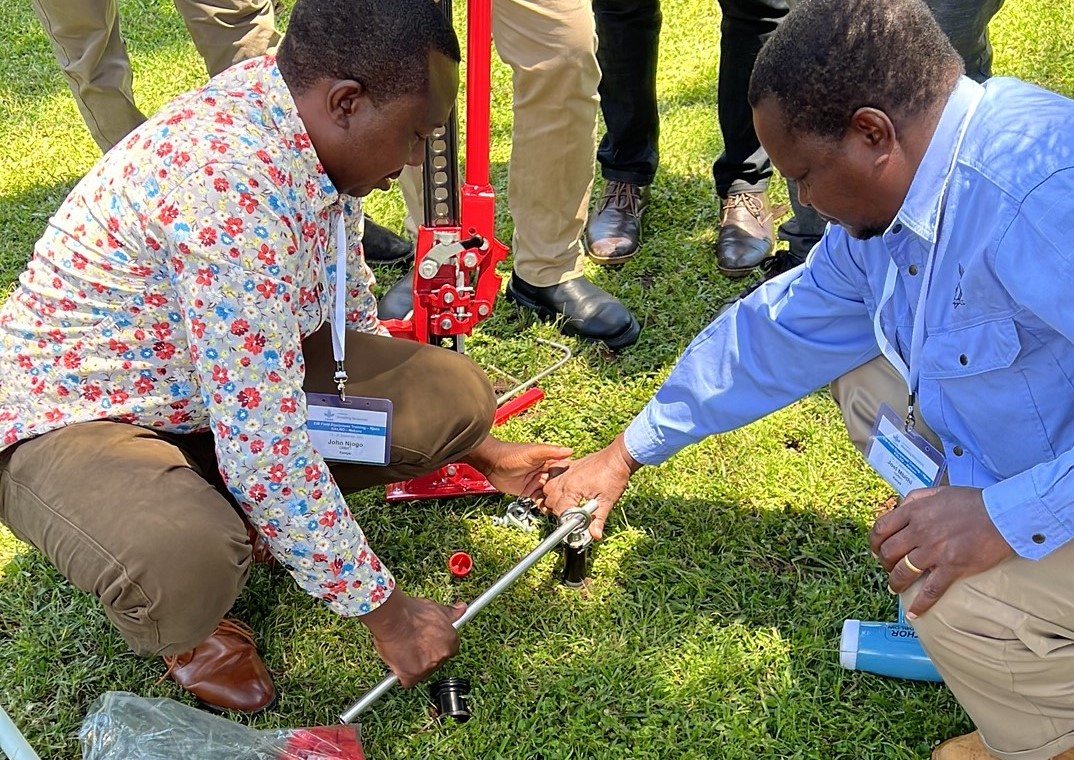
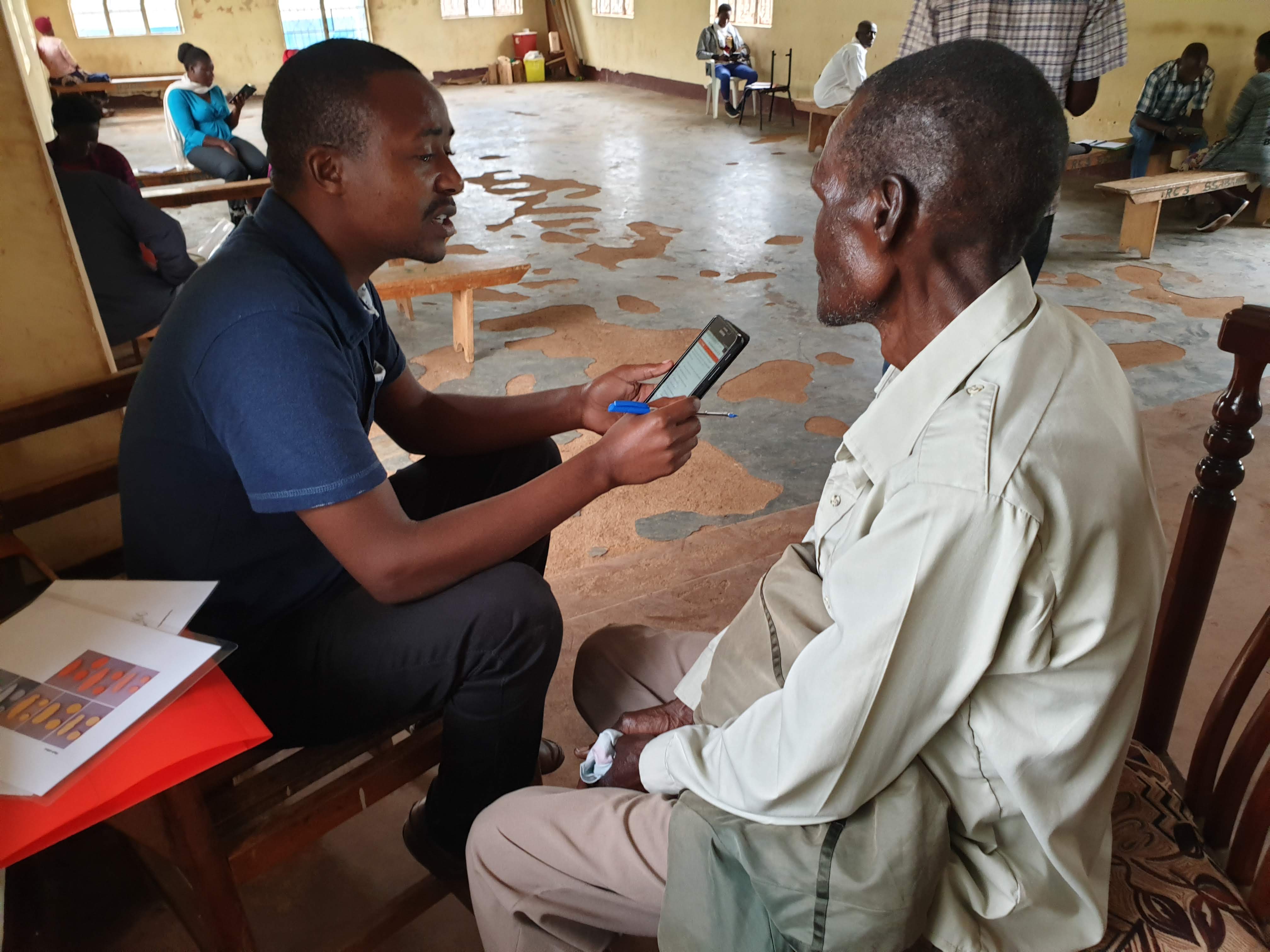
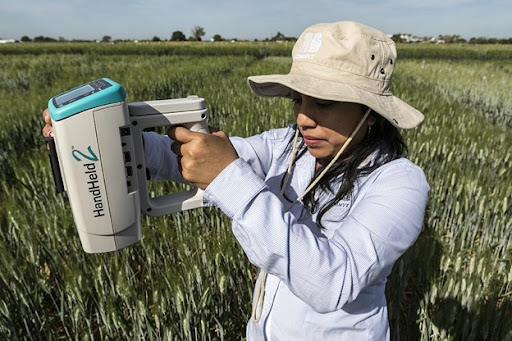 Handheld device being deployed in the wheat physiology process. Source: Alfredo Sáenz, CIMMYT
Handheld device being deployed in the wheat physiology process. Source: Alfredo Sáenz, CIMMYT